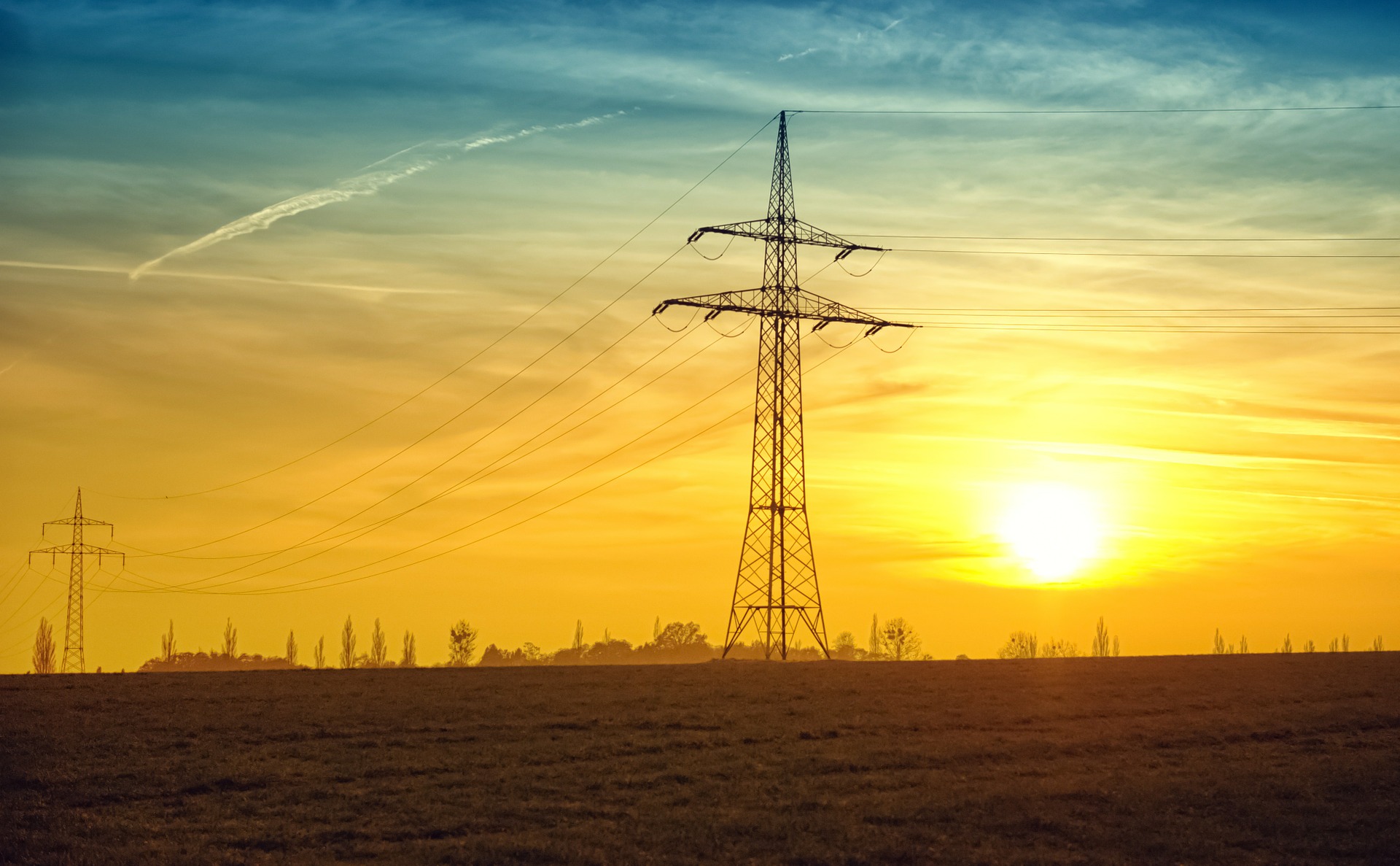You walk into your home and flip a switch, and your lights come on; your computer is ready to go, and your A/C has been working overtime to keep the house cool. We often don’t think much about the electricity which keeps our home running smoothly – that is, until the power goes out. But when all is going well, most people rarely think about the process of generating electricity for consumer use.
Did you ever wonder how electricity actually works? Where does it come from, and how does it make it into your home?

When the Power Goes Out: For those of us who live in South Florida, losing power is always a possibility. Call today to discuss installing a generator at your home, and never be caught in a blackout.
There are multiple source fuels that may supply the power in your residence. You have no doubt heard of the pros and cons of natural gas, oil, coal, nuclear, wind, solar, and hydropower energy. Here in our area, people typically utilize oil , gas and sometimes solar power. But regardless of where your electricity originates from, it will travel through a power plant and local distribution lines on its way into your home.
Here’s an easy guide describing how energy delivery works.
- Power plants generate electricity from oil, gas, coal or other fuel
- A transformer elevates the voltage and sends it out along transmission lines. These power lines are the large metal towers you often see along major roadways.
- Once it reaches a local substation, another transformer reduces the voltage level
- The electricity then travels on local distribution lines to your particular subdivision or neighborhood.
- A branch line carries power at acceptable (household level) voltage to the service drop, also known as the meter box.
- A line connects the power from the meter box to your breaker panel.
- The power is then distributed through the branch circuit wiring in your home, powering individual systems and appliances.
Many homes that were built decades ago don’t have the power capacity they need for a modern way of life. A home electrical system can be augmented with additional circuits and circuit breakers to boost power where needed; but homes may also require an entire home service upgrade depending on their situation. For instance, some older homes are configured for 60 amp service, while a contemporary home typically offers 150 to 200-amp service. Do you need an upgrade? Call Promise Electric today.
The Reality of the Electricity Market
Many suppliers of electricity may share one electric grid within a large region. In this scenario, power is often generated by one company and distributed to individual cities and neighborhoods by multiple local utilities. There can be three companies involved in delivering electricity to your home: a power producer, an energy supplier, and the local utility. If your local utility is not the energy supplier or power producer, they actually make their profit from distribution services – not by charging additional money for the energy costs.
Living Off Grid
Although many people have romanticized the idea of “living off the grid”, that is nearly impossible for most people to do so. However, some have figured out ways to reduce their reliance on grid power. In Florida, solar electricity is one possibility to work off something other than the traditional power grid. You may also want to investigate power generators as a way to protect your family should the power go out.
Promise Electric can help you to determine if you need to upgrade your electrical panel, or if you need a portable or permanent generator. For all questions regarding electrical services in Sarasota, call Promise Electric today.


